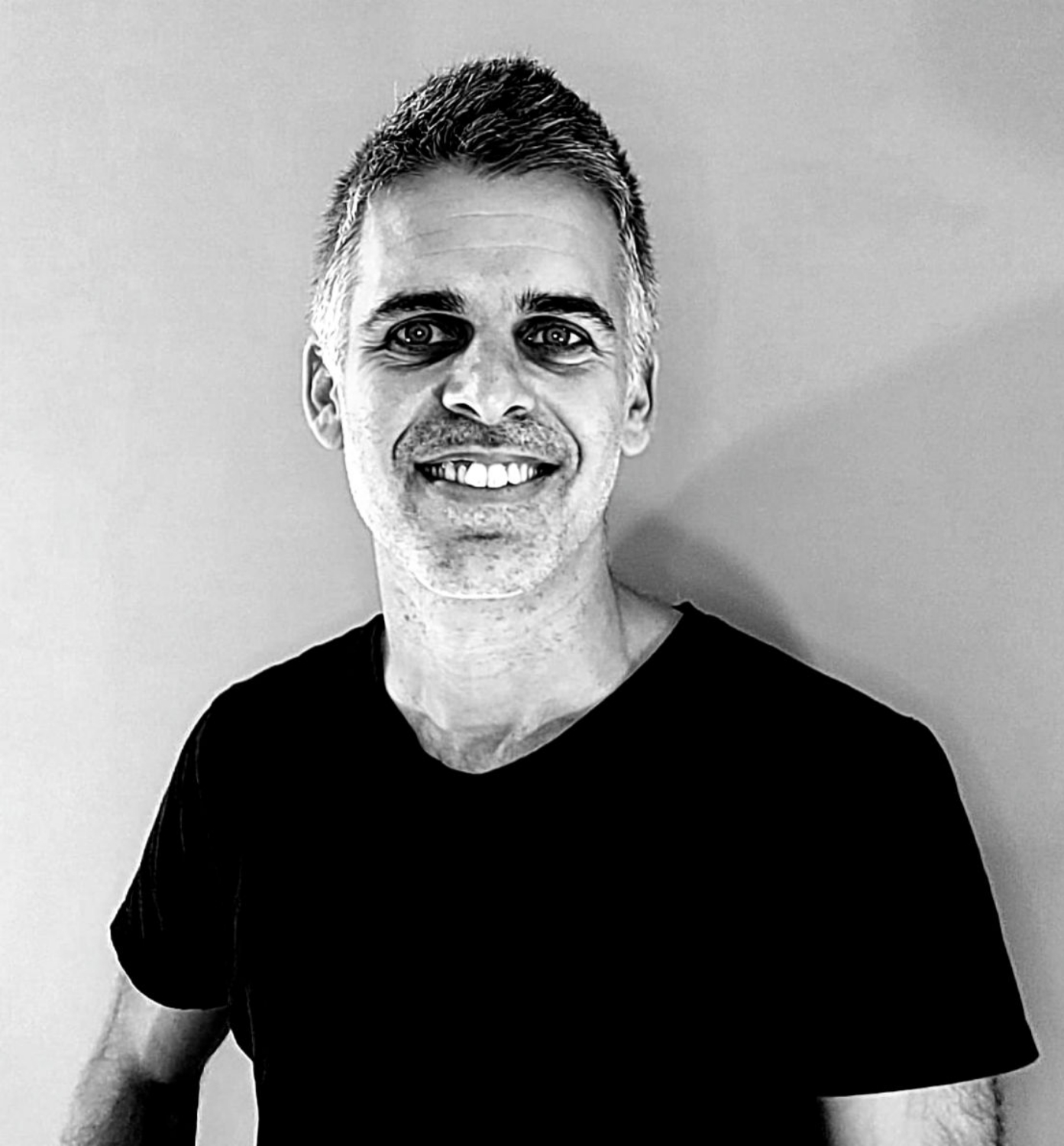The Rare Disease CMC Crunch
- Raz Eliav

- Dec 12, 2023
- 2 min read
Drug development is slow.
Tell this to a mother or a father of a suffering child, or the terminally-ill on their deathbed.
Still…There is so much we can do with the fact that:
Clinical trials are slow…
Raising funds is slow…
Developing the manufacturing process is slow…
Regulatory approvals are slow….
This creates a deep moral dilemma:
Can we let them use drugs that are not fully proven safe and effective?
On one hand, the risk of not taking this drug might be absolute (read: life or death)
On the other hand, they might develop false hopes or refuse other therapeutic alternatives (albeit less promising, or harder to tolerate).
Regulators understand that, and set the risk-benefit bar lower for rare and dangerous disease, so clinical trials can advance much faster from early phase to pivotal trials.
On the CMC side, however, we get much less lee-way.
Making sure the drug is manufactured to the highest quality, consistently and reliably takes many years for a reason. Its expensive to develop, its expensive to make (hence, less manufacturing experience), and its not always scalable at face value.
But in today's landscape, we are held to almost the same standards in expedited programs, simply because it is possible.
So how do we do it?
We become creative, and rely heavily on prior knowledge, experience from similr modalities, and use advanced technologies.
It is an art, and the prize of success is the most meaningful one can hope for.
If you want to dive a little deeper into this rabbit hole- here is an excellent review on this subject by ISPE
P.S. - I never shared ISPE resources before because I thought they were all behind the paywall (well worth it BTW)- but this morning I realized that past editions of the ISPE magazine are open access- This is a treasure trove! So if you are not a member, be aware of that and bookmark!



Comments